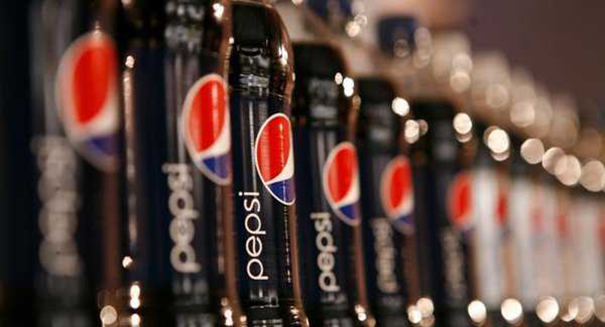
Manufacturers find a loophole to avoid warning consumers of potentially lethal levels of carcinogenic food coloring
Life is full of chemicals. Dihydrogen monoxide, for instance (also known as “water”), is one most people consume every day with few ill-effects. Some are bad. Very bad. Hexamine is used in lighter fluid as well as cigarettes, which is just one of many reasons health professionals advise against smoking them. Enter some sodas. That “caramel” color, which gives them that appetizing brown hue, is created using “4-methylimidazole (4-meI).” California considers the substance a carcinogen, and under their Proposition 65 law any consumable containing more than 29 micrograms of 4-mel is required to carry a warning label. Consumer Reports notes that most sodas, notably Pepsi One and Malta Goya, don’t carry these labels. Consumer Reports believes their levels of 4-MeI means they should.
Caramel color is the most widely-used food coloring in the world. In 2007, a federal government study concluded that 4-MeI caused cancer in mice and the International Agency for Research on Cancer determined the chemical to be “possibly carcinogenic to humans” in 2011. Though there are no federal limits on the amount of 4-MeI that can be added to food, The California Office of Environmental Health Hazard Assessment used 29 micrograms as the cut off point because that’s the level they determined poses a one in 100,000 risk of cancer.
Consumer Reports initially tested 81 cans and bottles of 4-meI tinted sodas from California and New York metropolitan areas in September of last year. Of the brands they found with 29+ micrograms of 4-meI, they tested 29 more in December. They found that in both rounds of testing, samples of Pepsi One and Malta Goya consistently had potentially dangerous levels of 4-meI. None of the beverages purchased in California had warning labels.
Brands appear to be aware of the issue, or at least that’s what the fluctuations in 4-meI levels would suggest. In the initial test, while California samples averaged at or around 29 micrograms of 4-meI per serving, New York beverages averaged 174 micrograms. That number dropped to 34 micrograms by the second test.
“The fact that we found lower amounts of 4-MeI in our last round of tests suggests that some manufacturers may be taking steps to reduce levels, which would be a step in the right direction,” says Dr. Urvashi Rangan, Ph.D., toxicologist and executive director of Consumer Reports’ Food Safety & Sustainability Center.
Consumers, at least those in California, might soon see relief from exposure to the carcinogen. “When the regulatory requirements changed in California, PepsiCo moved immediately to meet the new requirements,” a PepsiCo spokesperson said in an email to Consumer Reports. The spokesperson also stated that reformulated, less potentially deadly products would be available nation-wide in February of this year.
In the mean time? PepsiCo suggests that even at current 4-MeI levels, their products don’t require warning labels. They cite a government consumption study that suggests that of those who drink diet soda, average daily consumption is 100 milliliters per day, less than one third of a 12-ounce can. That would bring 4-MeI exposure down to acceptable levels, despite the fact that a recommended serving of diet cola is one whole 12-ounce can.
All Coca Cola products tested (Coke, Diet Coke, Coke Zero) contained very low levels of 4-MeI. “No matter how much consumers drink they don’t expect their beverages to have a potential carcinogen in them. And we don’t think 4-MeI should be in foods at all. Our tests of Coke samples show that it is possible to get to much lower levels,” says Dr. Rangan.
With all of the bad press diet sodas are getting lately, they might want to remind consumers that if nothing else, they’re a “very low sodium” product.
Leave a Reply